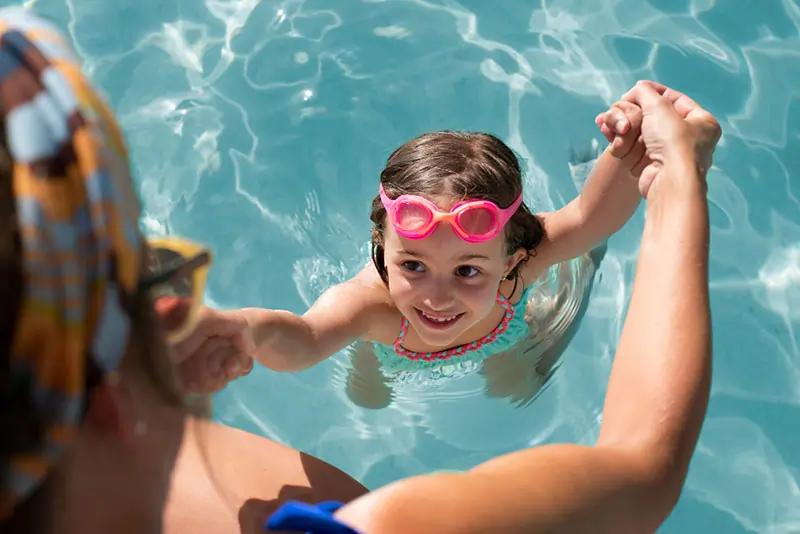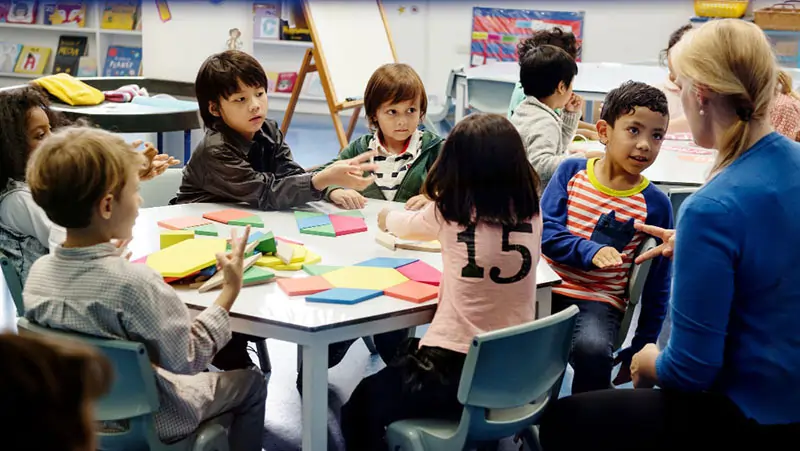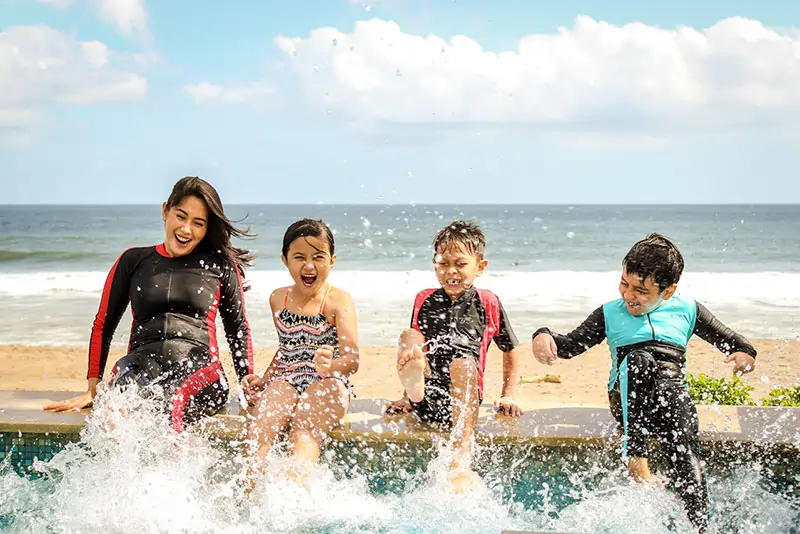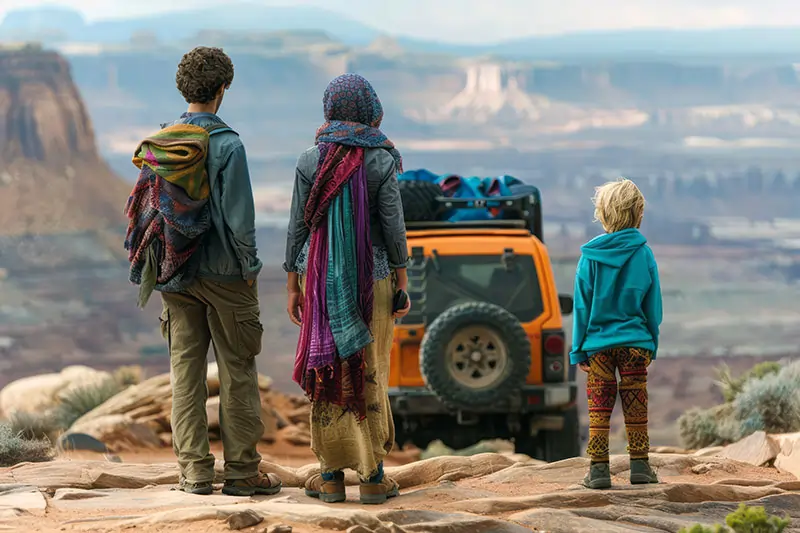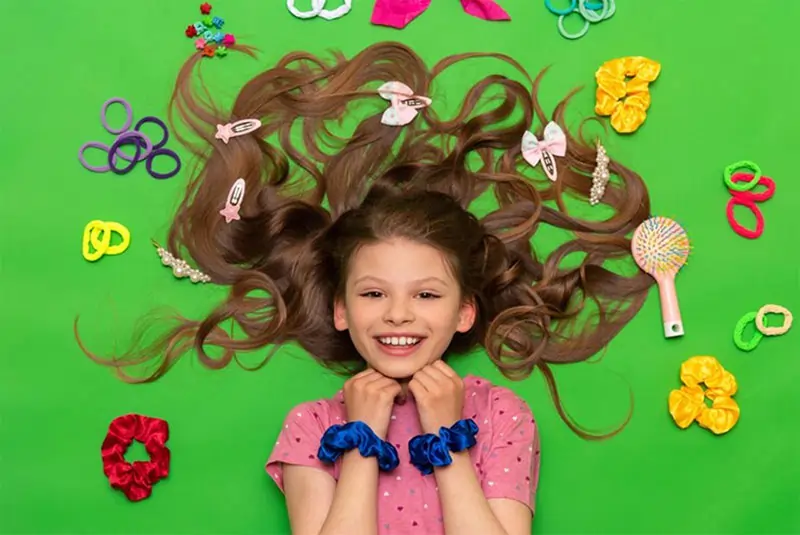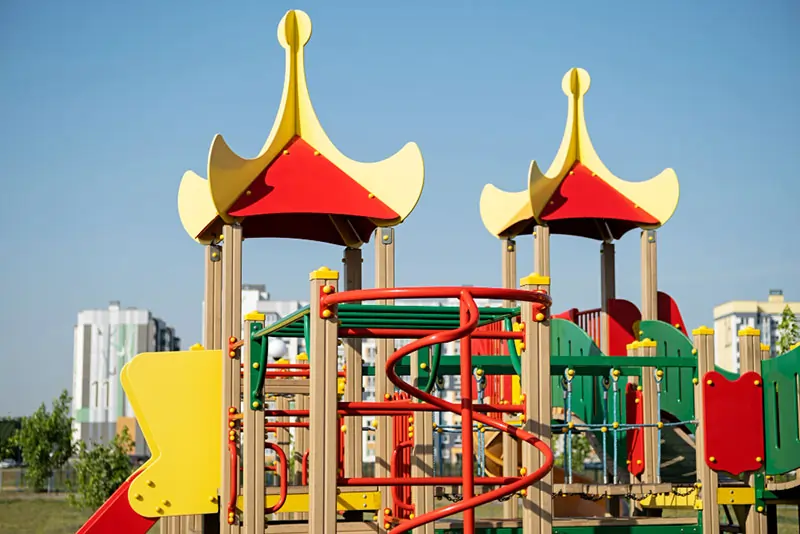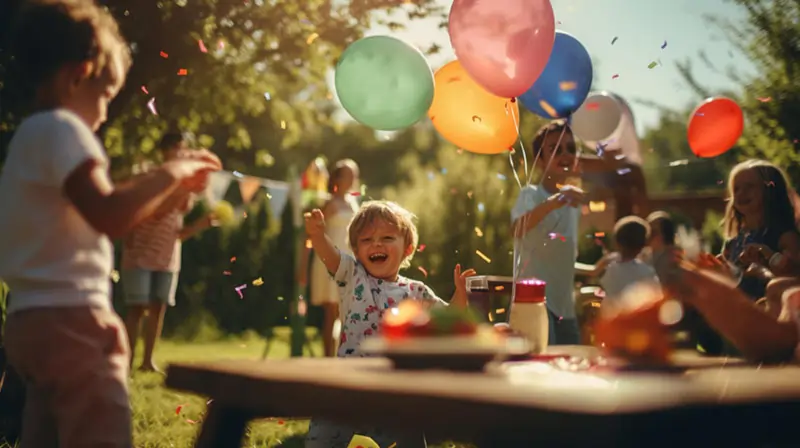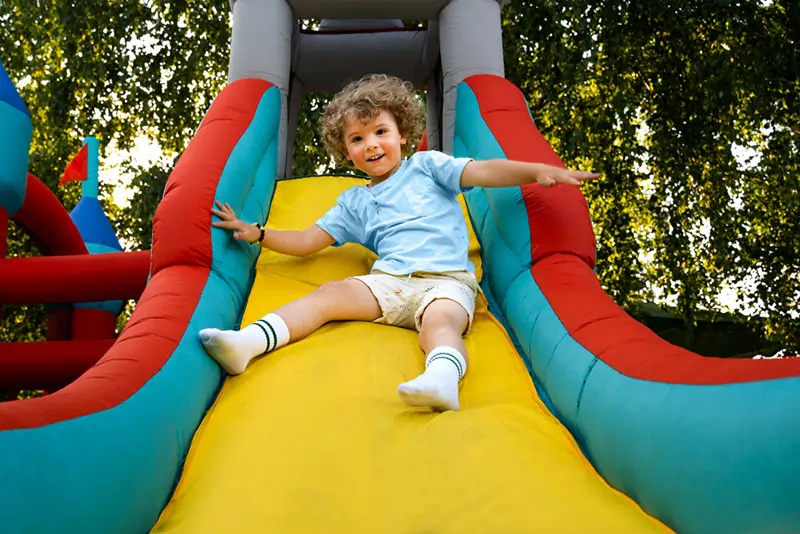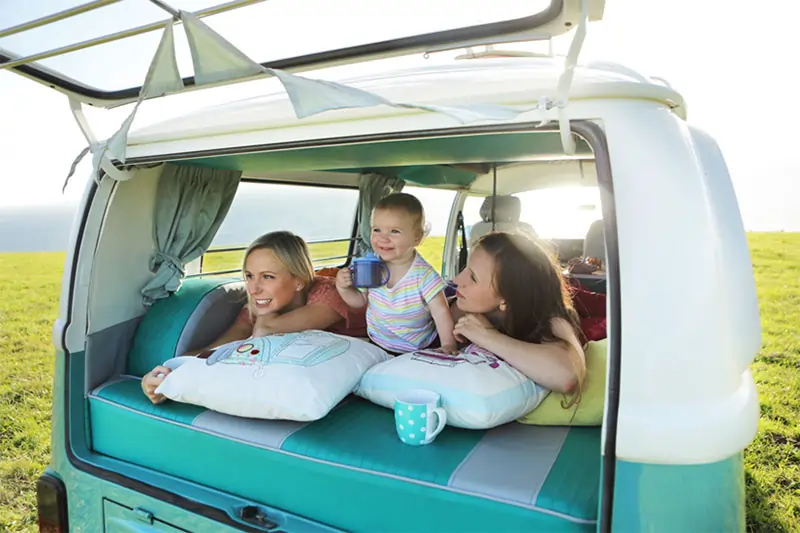Age-Appropriate Survival Skills Your Child Will Learn in Infant Swimming Resource™ Classes
Build Muscle Memory and Enhance Development with Short, Daily Classes Every parent wants to give their child the best start in life while keeping them safe. Infant Swimming Resouce™ (ISR) accomplishes both goals, offering a unique approach to water safety that simultaneously supports crucial developmental milestones. Through the Infant Swimming Resource™ program, children as young…

